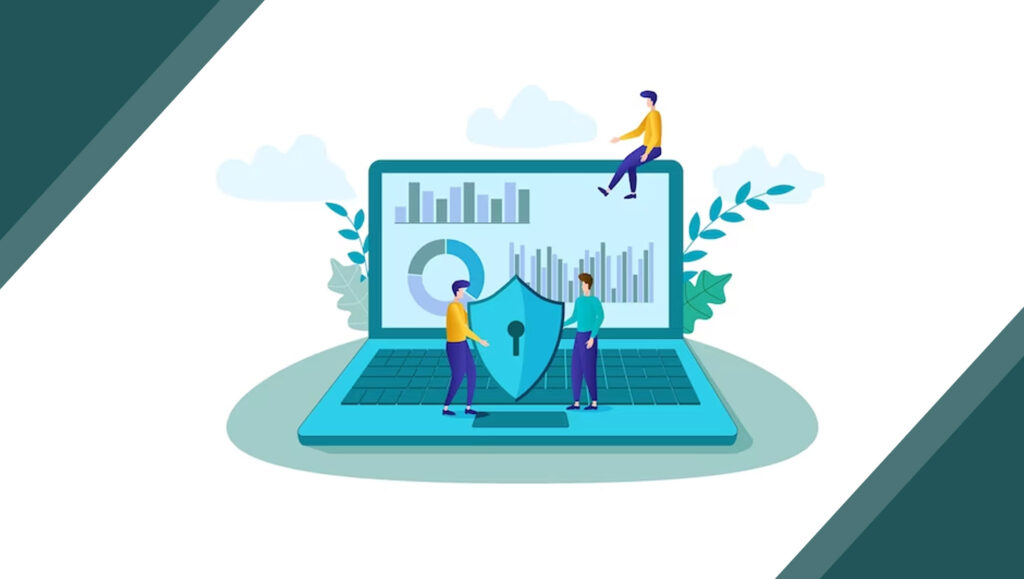What best practices should sales teams and marketers keep in mind when Collecting Customer Data and Integrating it Into their CRMs/CDPs?
As much as we are relishing the benefits of advanced tech and digitalization to streamline our regular business and other operations, our data is also becoming vulnerable to cyberattacks and hackers. When it comes to business, whether B2B or B2C, you need to gather, analyze, and rely on data to make it to the goalposts successfully.
Every business runs different IT solutions to shield their data from malicious attacks, and know that the more tools you deploy, the higher get the chances of facing destructive cyberattacks. If a hacker’s attempt turns successful, they can dig deeper and deeper to find confidential information about the business and clients, thereby incurring reputational, legal, and economic damage to the company.
Top B2B Cybersecurity Trends to Watch This Year
Cybersecurity isn’t a one-time process or investment. Instead, it is an ongoing process of guarding personal and company data- both hardware and software- from intruders and online threats. B2B businesses nowadays have switched many of their operations to digital platforms, and that renders cybersecurity even more important here. In case a breach of security occurs, the company may fall into lawsuits and face serious damage.
So, here are the top security trends you need to keep in mind while fortifying your company’s security and privacy with examples. Read on!
1. Cyber Insurance
Cyber insurance offer coverage for the following:
- Loss of income from network interruption
- Legal services
- Lawsuits related to the security & privacy of customers and employees
- Regulatory fines
- Fees for retrieving locked files from a cyber or ransomware attack.
- Outlays related to informing customers about cyber-attacker that they have compromised their personal details.
This helps in minimizing losses to the business in case of security infringement.
2. Endpoint Management
Endpoints in business are crucial as they can facilitate cyber attackers to enter and harm your organization’s system and data. That’s why you must consider endpoint management in your business, like endpoint troubleshooting, securing the remote endpoint workforce and endpoint environment, and implementing Cross-Layered Detection and Response (XDR).
3. Distributed Cloud
A distributed cloud refers to a computing service that enables public cloud infrastructure to operate in diverse physical locations. It helps in freely separating one’s data, thereby allowing to protect the files and restricting the ability of intruders to run off with everything from a single cloud. A distributed cloud is worthwhile as it not only supports business security but also gives one the opportunity to enhance network performance.
4. Cloud Security Posture Management (CSPM)
On the one hand, clouds offer immense convenience by allowing us to access data from anywhere, anytime. However, this also unlocks the door to critical data for hackers who can snoop and incur harm to your company by attacking data and privacy. With CSPM, one can automate cybersecurity management across all your business clouds by identifying and preventing risks from occurring via automated compliance tracking and security checks.
5. Alternative Authentication
The majority of cyberattacks occur when hackers or attackers have gained one password. That has led to the popularity of alternative authentication everywhere, including businesses with extremely sensitive data like banking and financial services. Examples of alternative authentication are unique password generators, biometrics, knowledge-based authentication, or hardware tokens.
6. Hyper Automation
Hyper automation refers to a process in which IT and business processes are integrated to the maximum possible extent. Thus, business operations become more organized, automated, and optimized while enabling better data management to preclude the possibility of cyberattacks.
CRM B2B Best Practices to Get the Most Out of Your CRM System
There’s a stark difference between CRM for B2B and CRM for B2C brands. And that’s because businesses are far more complex entities compared to individual customers. CRM strategy helps B2B brands to guide and nurture the leads down the sales funnel and automate certain tasks.
Here are the best practices from CRM B2B to generate the best possible outcomes and power up your marketing regime:
- Manage your accounts and contacts with efficient CRM solutions.
- Track and keep a firm sales pipeline. CRM management solutions come with features that generate detailed reports on productivity, individual performance, and sales activity.
- Deploy AI to automate the processes to save time and increase efficiency and productivity.
- Use chatbots. They are gaining immense popularity, thanks to the facility and ease they provide to businesses in connecting with their customer.
The way the world consumes and researches information is changing, it takes more effort and smartness to run successful marketing and sales campaigns now than ever before. That’s where CRM has helped B2B businesses by helping build new and deep customer relationships.
However, as businesses take bigger steps to expand their services through tech and digitalization, one also needs to keep tabs on for latest security trends. Implementing the right IT software to protect the data of your invaluable customer, company, and employees will indeed take you far.





















